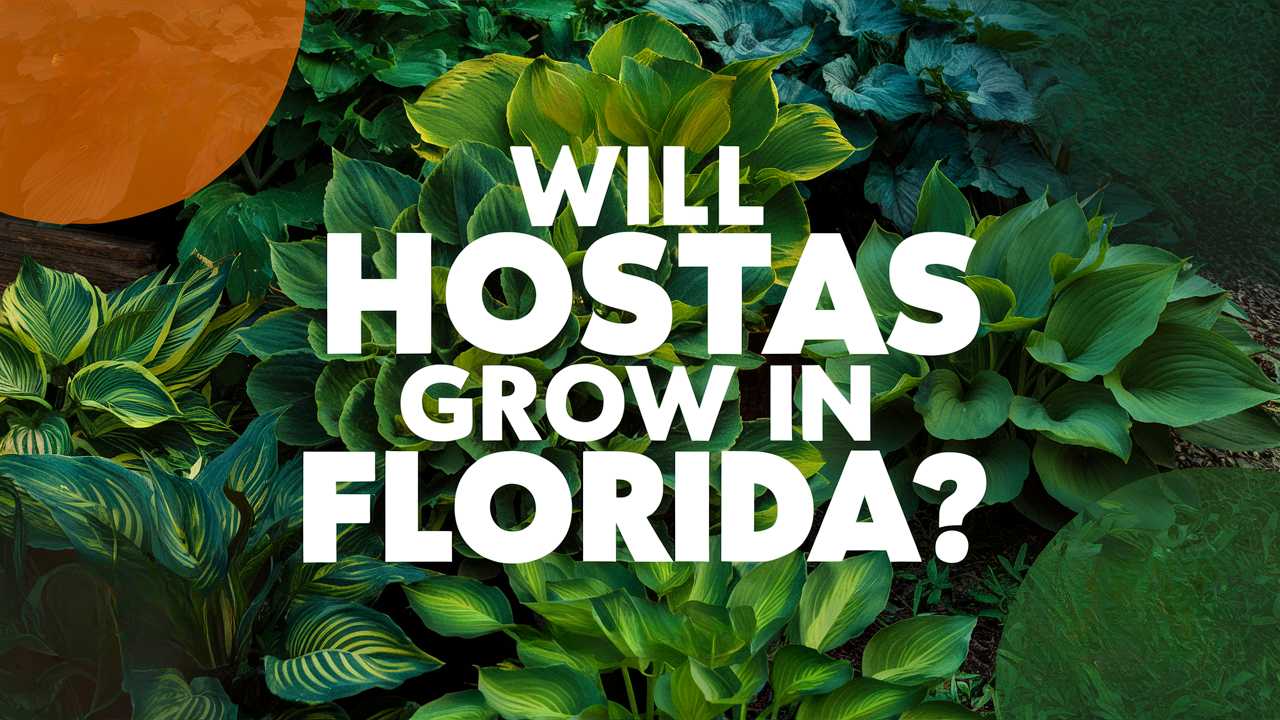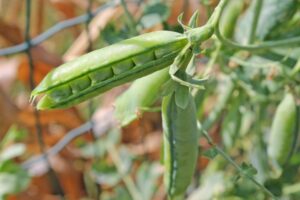If you’ve ever stood in awe of the lush foliage of hostas, you might wonder if these shade-loving beauties can thrive in the sunny state of Florida. In this guide, we’ll dig deep into the world of hostas, examining their growing conditions, care requirements, and how they might adapt—or struggle—in Florida’s unique climate.
The Climate Challenge: Understanding Florida’s Environment
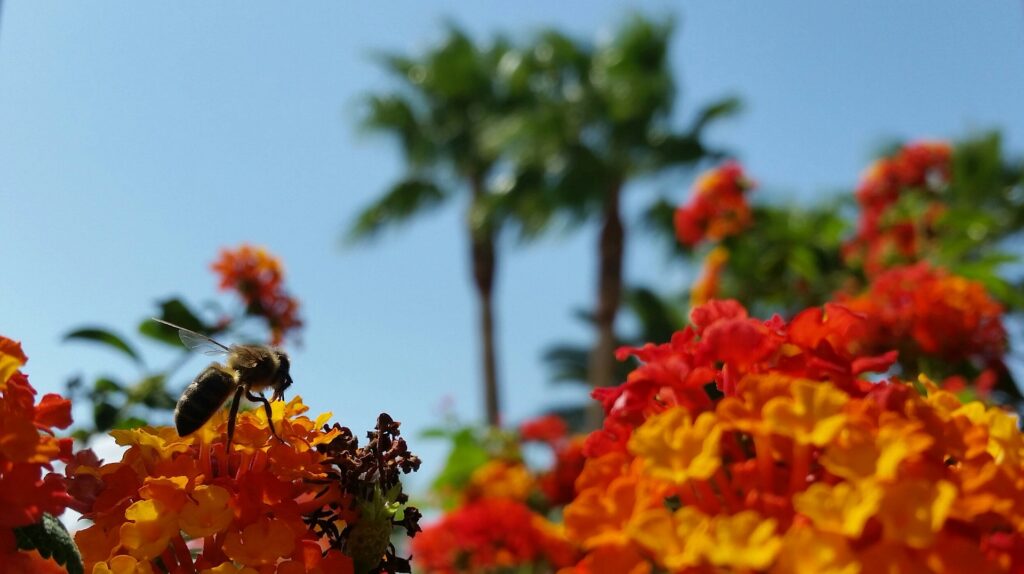
Florida is characterized by its humid subtropical climate, with hot summers and mild winters. While the lushness of Florida’s vegetation can be enchanting, it poses a significant challenge to growing hostas. There are several factors at play:
Heat and Humidity
Hostas prefer cooler climates; a significant number of varieties originate from regions with cold winters. In Florida, the intense heat and humidity can stress hostas, leading to wilting or even death. The ideal temperature for hostas typically hovers between 60°F and 75°F (15°C to 24°C), while Florida’s summer temperatures often soar above 90°F (32°C).
Sun Exposure
While hostas can tolerate a bit of morning sun, they thrive in shade and partial shade. Florida’s resilient sun can be relentless. Prolonged exposure can scorch their leaves, resulting in brown edges or crispy foliage. The key to cultivating hostas in Florida is to find the right spots that offer adequate protection from direct sunlight.
Soil Composition
Hostas prefer well-drained, nutrient-rich soil. Florida’s sandy soil can be a barrier to successful hosta growth unless properly amended. The soil composition significantly affects water retention and nutrient availability, which are crucial for the overall health of the plants.
Choosing the Right Hosta Varieties for Florida
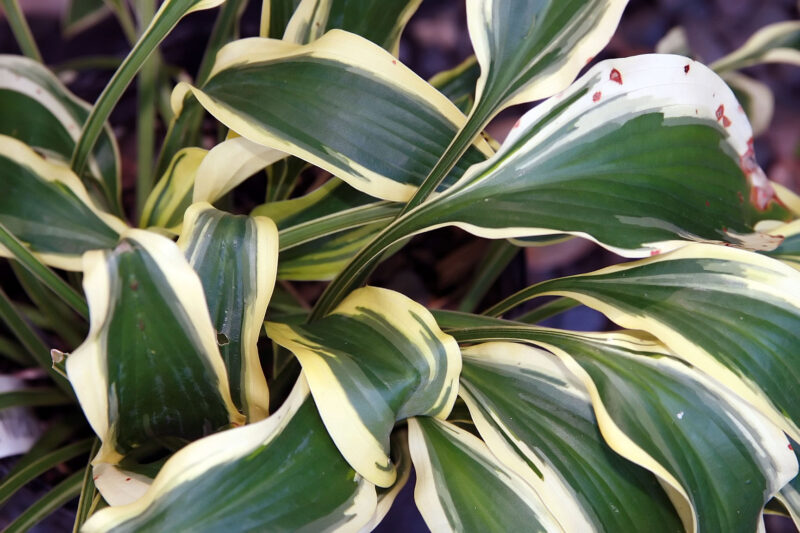
If you’re determined to add hostas to your Florida garden, choosing the right varieties is critical. Some hosta types are more tolerant of heat and humidity than others. Here are a few varieties that may adapt better to Florida conditions:
‘Frances Williams’
This variety is known for its stunning blue-green leaves with yellow edges. It has a reputation for being more heat tolerant than many other hostas, making it a reasonable choice for Florida gardens.
‘Gold Standard’
With its vibrant golden foliage, ‘Gold Standard’ pairs beauty with resilience. This variety can thrive in partial shade and is more resistant to summer heat.
‘Patriot’
‘Patriot’ features striking green leaves with white margins and is moderately tolerant of heat. Its robust nature makes it a popular choice among gardeners in warmer climates.
‘June’
Known for its colorful variegation, ‘June’ exhibits a wonderful blend of green and gold leaves. This variety is also more tolerant of the sun and heat, making it suitable for a Florida garden.
Selecting the right variety is the first step, but understanding their needs is equally important.
Soil Preparation: Creating the Perfect Hosta Environment
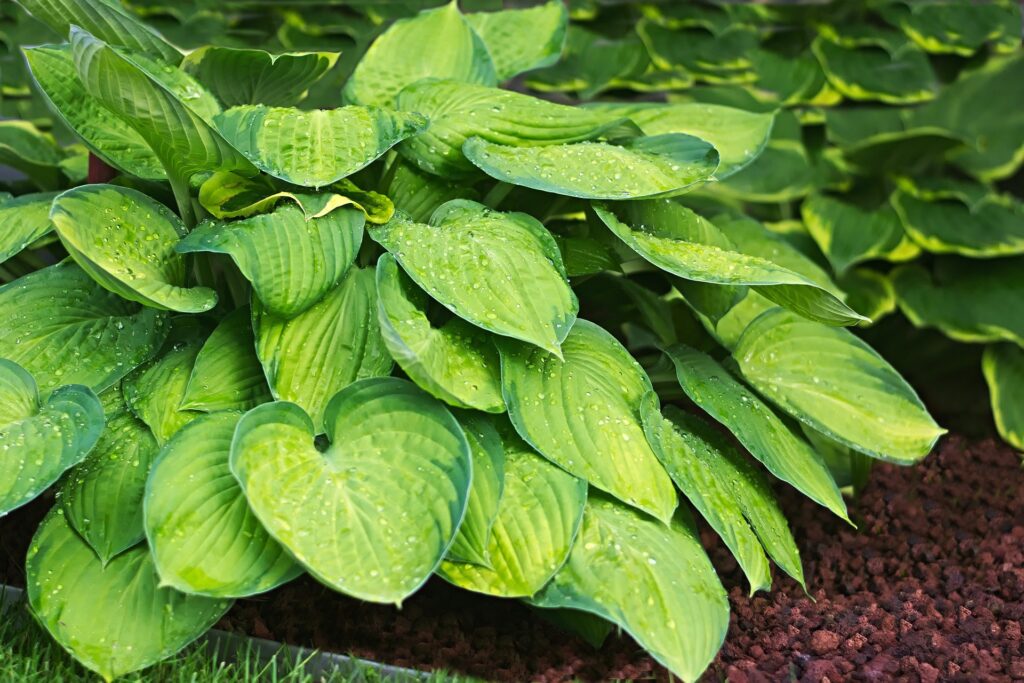
To successfully grow hostas in Florida, it’s crucial to prepare the soil properly. Follow these guidelines to create an optimal environment:
Amend the Soil
Start by testing your soil to determine its pH and nutrient levels. Hostas thrive in slightly acidic to neutral pH, typically between 6.0 and 7.0. You may need to add organic matter like compost or peat moss to enrich the soil. This will improve both fertility and drainage.
Improve Drainage
If your garden site has an excessive build-up or tends to remain soggy, consider elevating your planting beds. Raised beds can enhance drainage and provide a cooler root environment for hostas to flourish.
Water Retention
In sandy soils, water can drain away quickly, depriving hostas of the moisture they require. Adding mulch around the base of the plants can help retain soil moisture and regulate temperature, protecting root systems from excessive heat.
Planting Hostas in Florida: Timing and Technique
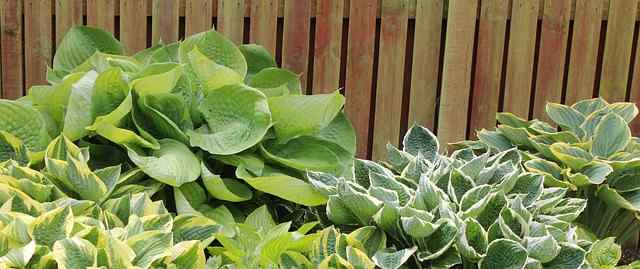
Timing is crucial when planting hostas in Florida. While spring is traditionally a great time in other regions, Florida’s subtropical climate shifts the considerations.
When to Plant
In Florida, early spring—before the intense heat of summer—can be ideal for planting. This allows hostas to establish their root systems before the temperatures soar. Alternatively, fall planting can also work, but be mindful of potential winter freezes in northern regions of Florida.
Spacing and Placement
Space your hostas appropriately based on their variety and mature size. Generally, you’ll want to plant them at least 18 to 24 inches apart to ensure adequate airflow and prevent competition for nutrients. Look for spots that receive dappled sunlight, especially during the afternoon.
Watering Techniques
After planting, ensure your hostas receive sufficient water. While they thrive in moisture, be cautious not to overwater them, particularly in humid conditions, which can lead to root rot. A deep watering once a week is typically beneficial, but always check the soil moisture before watering.
Care and Maintenance: Helping Hostas Thrive
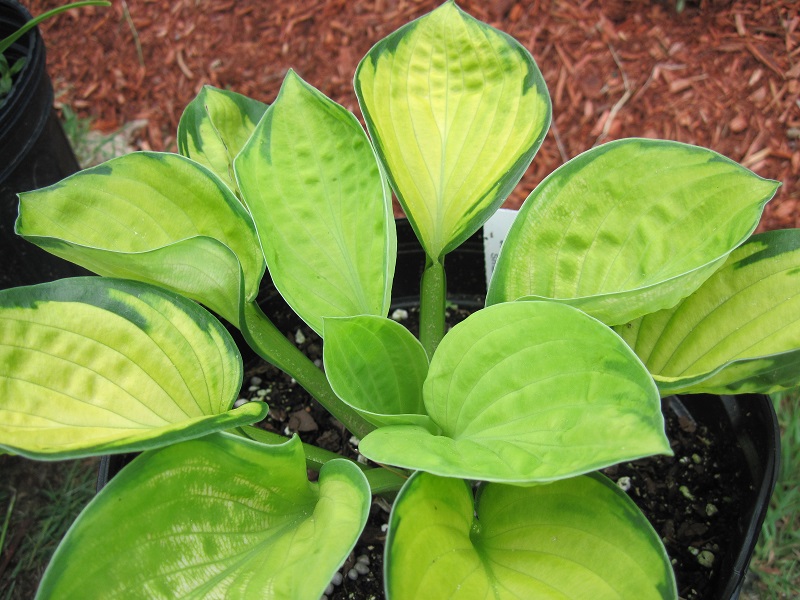
Proper care and maintenance are essential for ensuring that your hostas remain healthy and vibrant in Florida’s climate. Here are key considerations:
Mulching
As previously mentioned, mulch is your friend. A 2 to 3-inch layer of organic mulch not only helps retain soil moisture but also keeps the roots cool and suppresses weeds that can compete for nutrients.
Fertilization
Hostas benefit from periodic fertilization during the growing season. A slow-release fertilizer designed for perennials, applied in early spring, will give them the boost they need. However, be careful not to over-fertilize, as this can lead to stunted growth or leaf burn.
Pest and Disease Management
While hostas are relatively hardy, Florida’s climate introduces specific pests and diseases. Watch for slugs, snails, and leaf spot diseases, which can thrive in humid environments. Regular inspection and organic pest control methods can help mitigate these issues.
Pruning and Deadheading
To encourage a more vigorous growing season, deadhead any wilted flowers and remove yellowing leaves. This keeps the plants looking tidy and redirects energy back into the foliage.
The Sun vs. Shade Dilemma
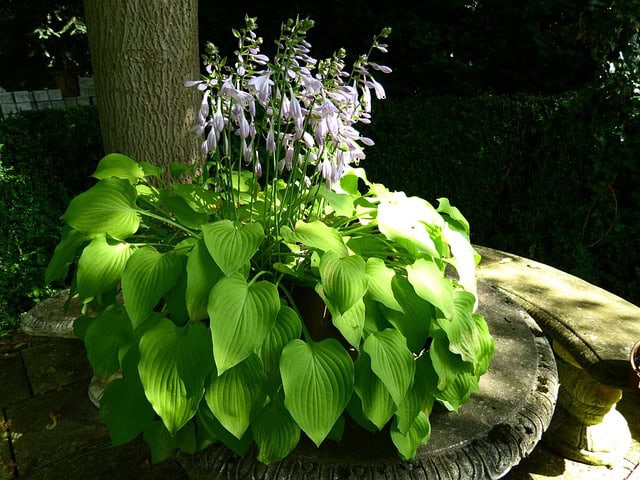
One of the most significant challenges when growing hostas in Florida is properly managing sunlight exposure. While some hostas can withstand more sun than others, careful placement is key.
Finding Shade
Look for sites that provide filtered light or a spot that has morning sun and afternoon shade. Areas beneath taller trees or next to structures can often provide the dappled light that hostas crave.
Creating Shade Structures
If your garden lacks natural shade, consider using shade cloth or creating small structures to filter the light. It’s vital to monitor how your hostas are responding to their environment and adjust as necessary.
Conclusion: Can Hostas Thrive in Florida?
While hostas are not the traditional plant of choice for Florida’s climate, savvy gardeners can indeed cultivate these beautiful perennials with the right precautions. By choosing heat-tolerant varieties, amending the soil, and providing proper care, it’s possible to enjoy the lush, vibrant foliage that hostas can offer even in the Sunshine State.


